Mandinka tribe is one of the over 3000 tribes scattered all over the African continent and is found predominantly in the southern part of Mali, the Republic of Guinea, and some parts of the Ivory Coast. Mandinka or Mandingo is the language spoken by 1.3 million people globally.
Hitherto, the language is hardly recognized when major languages in Africa are being discussed. But this doesn’t mean it lacks the importance of being one of the important languages in Africa.
There are some interesting facts about this West African ethnic group you don’t know about. Here are some of them.
10 Interesting Details About The Mandinka Tribe
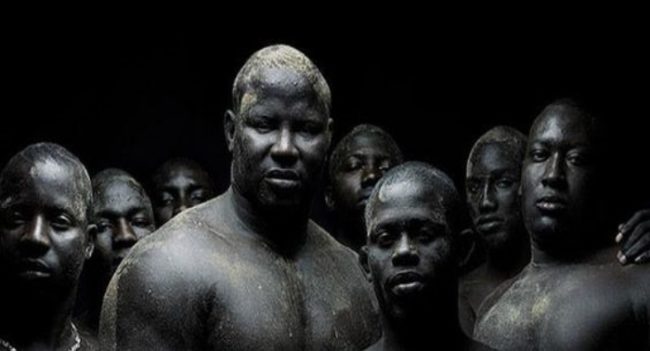
1. There Are 11 Million Mandinka People
The Mandinka people are found in West Africa in good number. They are estimated to be around 11 million. This figure makes them the largest subgroup of the Mande people and also one of the largest tribal linguistic groups on the African continent.
2. Islam Is Their Main Religion
Religion is a very important aspect of people’s lives. So it is for the Mandinka tribe, they are adherents of the Islamic religion. About 99% of the Mandinka population practice and respect the tenets of the religion.
However, some of them fuse both Islamic and African traditional religions together. Here, they can manipulate spirits through the marabout whom they believed has the power to do so.
Above all, the marabout has the requisite Islamic knowledge to write Qur’anic verses on tiny pieces of paper and sews them into leather sacks as charms, worn for protection. In most cases, no one takes any decisive decision without first consulting the marabout.
Some tenets of the Islamic religion include; praying 5 times a day (salat), almsgiving (zakat), fasting (sawm), pilgrimage (hajj), and profession of faith (shahada).
3. Major Occupation Is Farming
The Mandinka people are largely farmers and agriculturalists. But they do it on a subsistence basis. This means that they only grow crops and raise livestock strictly for their consumption.
Since, the crops and animals, they farm are for consumption, they do not offer them for any commercial purpose. Examples of crops they produced include; peanuts, rice, millet, and maize.
Asides from farming, they also engage in tailoring, butchering, taxi driving, woodworking, metalworking, and sometimes the military, but only reserved for men.
Also, Read Safest Countries In Africa
4. The Mandinka People Are Found In 9 Countries
They are found in 9 different countries in Africa in varying proportions. The countries include; Mali (9%), Guinea (23%), Ivory Coast (6%), Burkina Faso (0.8%), The Gambia (34.4%), Senegal (5.6%), Sierra Leone (2.3%), Liberia (3.2%), and Guinea-Bissau (14.7).
The figures above show that the Mandinka tribe is more in population in countries like the Gambia, Guinea, Mali, and Ivory Coast.
5. The Mandinka Tribe Are Polygamous
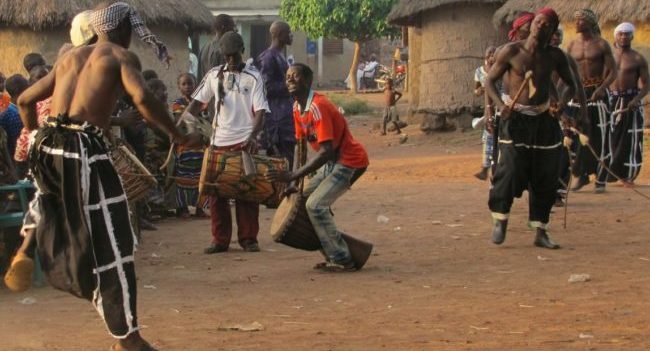
Just like most African tribes, Mandinka practice polygamy marriage even right before they accepted the Islamic religion. They allowed men to marry 4 wives, provided they can adequately cater to their needs. And for women, the bearing of children especially males is the ultimate honor.
The woman that steps into a man’s house as the first wife, has authority over the ones that would come later. They are expected to live and co-work together in unity, sharing responsibilities such as cooking, laundry, and other chores.
Unlike what is obtainable in recent times, family members organize marriages in Mandinka settings, though it is most prevalent in rural areas. They usually send Kola nut to the bride’s to-be family as a token for courtship. Once accepted by the elders of the bride’s family, courting starts.
6. Kora Is Their Major Musical Instrument
The Mandinka tribe’s main musical instrument is the kora. They make it using a half calabash, covered with cow skin on embellished tracks.
The kora is used to sing songs, stories, and proverbs that often bear the history of the Mandinka people usually passed down from one generation to the other orally through the griots. They saddled the griots with the duty of storytelling, praise-singing, music, and poetry.
7. They Might Have Reached America
According to historians, several Mandinka people were captured and sold as slaves during the torrid years of the Atlantic Slave Trade. As a result, they shipped many of them to America, the New World. So, today, there are many native speakers of Mandinka spread across the US.
Likewise, it has influenced quite a few words adopted by African-Americans. Besides everything else, Mandinka people still migrate to the US to this day.
8. Mandinka Children Named 8 Days After Birth
They named a child 8 days after birth. As a mark of respect and honor, They normally give the child the name of an important person within the family. It is a respected tradition in the Mandinka society.
9. Gberedou/Hamana Is In Process To Be A World Heritage Center
Regarded by the Mandinka as a place of high spiritual significance, UNESCO listed the site for consideration as a world heritage center. This is because the site is a Mandingo spiritual ground. In addition, they made the pronouncement in May 2011.
10. They Engage In Female Genital Mutilation
Female genital mutilation (FGM) is prevalent among the Mandinka people. For instance, the Mandinka of Gambia recorded the highest rate of FGM at 96. In addition, female genital mutilation is the incomplete or complete removal of the clitoris.
However, it comes with serious health and medical issues for females. Currently, massive campaigns and awareness are ongoing at community levels to bring an end to the practice.
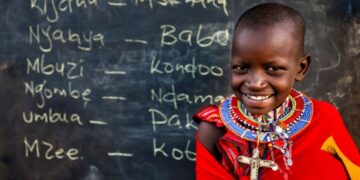

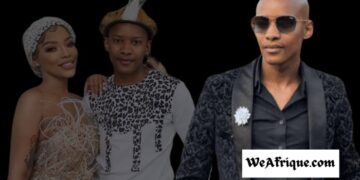







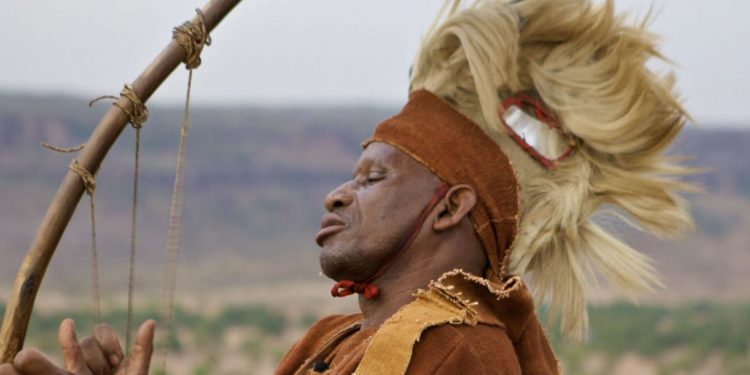










Discussion about this post